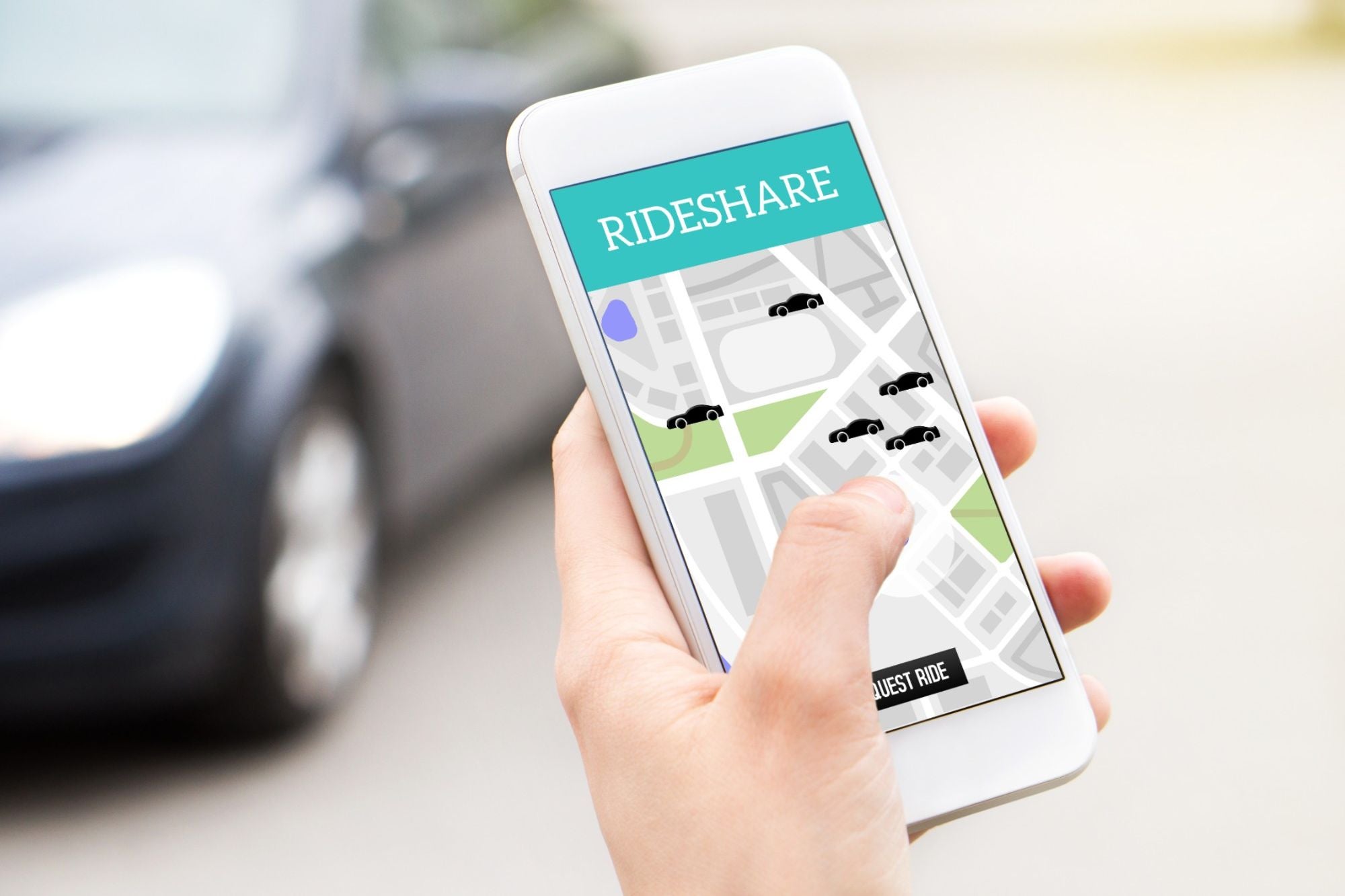Shared Mobility – a Step Towards Affordable, Reliable, Clean, and Efficient Future As one of the most populated countries and the fastest-growing economies of the world, India today is at an inflection point of developing its mobility systems
By Sudhir Mehta
Opinions expressed by Entrepreneur contributors are their own.
You're reading Entrepreneur India, an international franchise of Entrepreneur Media.

India is one of the fast-growing large economies. Over the past decade, India has witnessed a rise in disposable income, rapid urbanization, access to technology, Internet and information as well as awareness towards environmental management. Despite various favourable factors, the country is still struggling on multiple fronts—under-developed infrastructure, pollution, rising urbanization and lack of jobs. As one of the most populated countries and the fastest-growing economies of the world, India today is at an inflection point of developing its mobility systems, develop infrastructure, improve its environment and create job opportunities for the unemployed. To support the rapid growth and urbanization, the country immediately needs to relook at improving its infrastructure and developing safe, smart and sustainable public mobility.
Need for enhancing sharing
India today has the lowest share of public transport at 7% compared with 30-35% in most countries. Rail systems are limited, and public buses are less than 1/10th of the requirement for general passengers. Three million additional buses are needed to meet the requirement of current population and their travel requirements. China has six buses for 1,000 people compared with four buses for 10,000 people in India. Globally, there are hundreds of examples of how cities and countries can change for better when public transport is promoted and usage of personal vehicles is restricted. India is focused on promoting personal automobiles and has minuscule budgets to improve public transport systems. Add to the limitation in travel options available, commute for most people in India is uncomfortable and unaffordable.
Rising growth in vehicle ownership and demand for transportation is leading to congestion in urban centres. The cost of congestion is estimated to be INR 1.47 lakh crore annually in Delhi, Mumbai, Kolkata and Bangalore, and vehicular emissions rates are increasing with negative implications on human health and environment.
Sharing and Renting – New way of traveling
First union budget of Modi 2.0 government has laid emphasis on infrastructure development and promoting electric vehicles. Until this is established, affordability and challenge of daily commute continues for the common man.
With a relatively low 30 cars owned per thousand, and given the infrastructure constraints, Indians are feeling the need to relook at their transportation requirements. Also, given the cost of owning and maintaining a personal vehicle and the rise in multiple ride and shared-mobility options now prevalent in major cities, Indians are beginning to reconsider their options for personal mobility.
Shared mobility, an established model in developed countries and evolving model in India, can help in addressing multiple challenges at the same time, especially infrastructure congestion, pollution control, support growing tourism and job creation.
The shared mobility market in India is driven by rapid urbanization, rise in living standards and technological advancements. With the growing environmental awareness and increasing traffic congestion on the roads, people have started using shared mobility services, such as Ola, Uber and Shuttl for their daily commute.
As per recent statistics, there are 1.5 billion daily commutes in a day (520 million working population (156 million in urban areas), 300 million school / college education population), translating into 750 million motorized pattern trips, twice a day. A staggering INR 10.5 lakh crore are spent annually on commute. The annual per capita spend on ground transport is INR 9,240 (=13% of income), out of this spend, 87% is pattern/route based. As a result, annual per capita spend on pattern transport is INR 8,120 and top 50 cities concentrate most of the mobility spend in India. India has 50 cities with population of more than 1 million and 61 cities with more than 850,000 people. Large population clusters, young demographic and rising Internet penetration. These are ingredients for India to be one the largest shared mobility markets in the world.
The Indian shared mobility market is witnessing the emergence of technology-based services which would rapidly get migrated from fuel-based vehicles to electric vehicles. Also, there has been a shift in the preference of the consumers from ownership to sharing and usership over the recent years, owing to the transforming demographics. The vehicles are now being mere utilities and it is no longer about prestige, as it used to be once upon a time.
Digital and app-based travel solutions are growing exponentially in India, thanks to rapid growth in Internet and smart phones, digital savvy Indians are re-imagining their mobility preferences. Given the math, cost of ownership of vehicle is far higher compared with shared mobility, though infrastructure constraints continue to hound the government and public at large. The shift from ownership to shared mobility is likely to have a profound economic and environmental impact in the years to come, potentially saving the country crores of rupees just in fuel costs alone.
Shared Mobility: A silver lining
Shared mobility is one opportunity that would help Modi 2.0 to address multiple challenges of decongesting infrastructure, manage environment deterioration, create entrepreneurship and jobs. India is uniquely positioned to embrace shared mobility, thanks to factors such as familiarity with shared services, rising digital infrastructure, rising indispensable income; support India's opportunity to meet transportation demand with shared mobility solutions.
Shared mobility has the power to discourage private ownership of vehicles which is costly and inefficient and promote public transport, thereby utilizing the available assets to its maximum potential and making public transport more viable for the government as well as private operators. This could be the beginning of a future of mobility that is more affordable, reliable, clean, and efficient.










